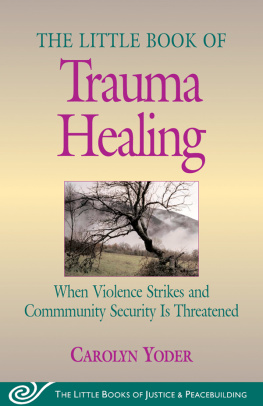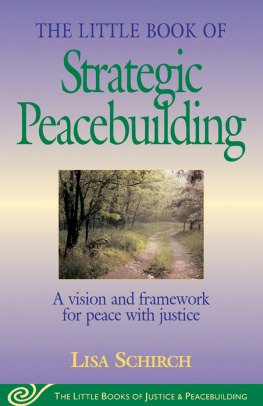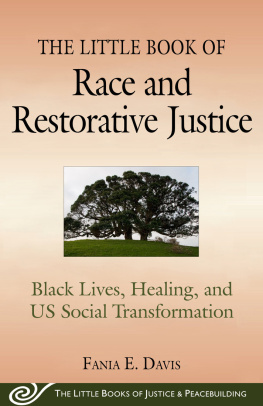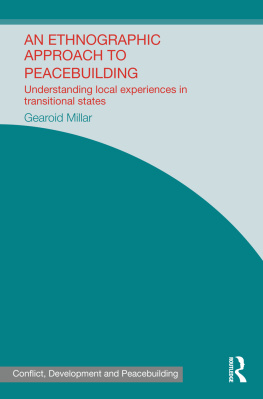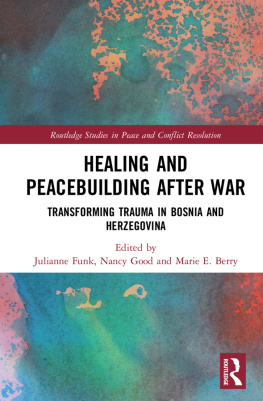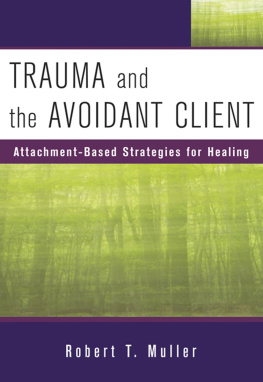
Published titles include:
The Little Book of Restorative Justice, by Howard Zehr
The Little Book of Conflict Transformation, by John Paul Lederach
The Little Book of Family Group Conferences,
New-Zealand Style , by Allan MacRae and Howard Zehr
The Little Book of Strategic Peacebuilding , by Lisa Schirch
The Little Book of Strategic Negotiation , by Jayne Seminare Docherty
The Little Book of Circle Processes , by Kay Pranis
The Little Book of Contemplative Photography , by Howard Zehr
The Little Book of Restorative Discipline for Schools , by Lorraine Stutzman Amstutz and Judy H. Mullet
The Little Book of Trauma Healing , by Carolyn Yoder
The Little Book of Biblical Justice , by Chris Marshall
Forthcoming titles or topics include:
El Pequeo Libro De Justicia Restaurativa , by Howard Zehr
The Little Books of Justice & Peacebuilding present, in highly accessible form, key concepts and practices from the fields of restorative justice, conflict transformation, and peacebuilding. Written by leaders in these fields, they are designed for practitioners, students, and anyone interested in justice, peace, and conflict resolution.
The Little Books of Justice & Peacebuilding series is a cooperative effort between the Center for Justice and Peacebuilding of Eastern Mennonite University (Howard Zehr, Series General Editor) and publisher Good Books (Phyllis Pellman Good, Senior Editor).
STAR is a joint effort of Church World Service and Eastern Mennonite Universitys Center for Justice and Peacebuilding.
The chart on are by Lee Eshleman.
Cover photograph by Howard Zehr.
Design by Dawn J. Ranck
THE LITTLE BOOK OF TRAUMA HEALING
Copyright 2005 by Good Books, Intercourse, PA 17534
International Standard Book Number: 1-56148-507-1
Library of Congress Catalog Card Number: 2005030891
All rights reserved. Printed in the United States of America. No part of this book may be reproduced in any manner, except for brief quotations in critical articles or reviews, without permission.
Library of Congress Cataloging-in-Publication Data
Yoder, Carolyn.
The little book of trauma healing : when violence strikes and community security is threatened / Carolyn Yoder.
p. cm.
Includes bibliographical references
ISBN 1-56148-507-1 (pbk.)
1. Post-traumatic stress disorder--Treatment. 2. Psychic trauma--Treatment. 3. Victims--Rehabilitation. 4. Victims of crimes--Rehabilitation. 5. Victims of terrorism--Rehabilitation. I. Title.
RC552.P67Y63 2005
| 616.852106--dc22 | 2005030891 |
Table of Contents
Acknowledgments
T his Little Book is possible because many people offered a piece of themselves to create a work greater than the sum of its parts.
Janice Jenner, who directs the Center for Justice and Peacebuilding (CJP) Practice Institute at Eastern Mennonite University, articulated the idea for the STAR program (Strategies for Trauma Awareness and Resilience) at the request of Rick Augsburger of Church World Service in the days after 9-11. The CJP faculty then contributed their wisdom, experiences, theories, and pedagogic expertise in designing and conducting the STAR trainings. Through the highs and lows of this process, their belief in the mission of STAR and the common good triumphed over individualism.
Kudos to CJP faculty Jayne Docherty (human security and peacebuilding), Barry Hart (trauma healing and peacebuilding), Vernon Jantzi (peacebuilding), Ron Kraybill (peacebuilding), Lisa Schirch (peacebuilding), Nancy Good Sider (trauma healing), and Howard Zehr (restorative justice) for their ongoing contributions, help, and support. Others who added to STAR content include Elaine Zook Barge, Vesna Hart, Janice Jenner, Amy Potter, Amela Puljek-Shank, and the hundreds of STAR participants.
Through it all, I have had the privilege of serving as the conductor of this orchestra: harmonizing the notes of the different fields, bringing the score of my own experience in trauma healing and neurobiology, keeping attuned to audience response, and marveling at the swells of the music and how it travels.
Thanks to STAR staff Sharon Forret, Kathy Smith, and Robert Yutzy for their support services; to Jennifer Larson Sawin, Janet Loker, and Ira Weiss for reading and critiquing the manuscript; to Howard Zehr and Jayne Docherty for critiquing and assisting in the justice and peacebuilding sections; and to Lam Cosmas, Marie Mitchell, and Jean Handley for the gift of their personal stories.
Thanks also to Howard Zehr and Good Books for their encouragement and editorial work, and to Church World Service for the multiple levels of support that helped to initiate and implement STAR. Special thanks to my husband Rick, whose support included taking over the care of the goats and many other things around home while I was writing.
Introduction
How can we effectively address the threat of terrorism?
What helps bring about long-term security?
What stops cycles of victimhood and violence?
And what does trauma have to do with all of this?
T he last century may have been the most brutal in human history, measured by the number of people affected by violence. Early in the new millennium, hundreds of conflicts continue to rage across the planet. Yet as our fractured global family struggles to find answers, little is said about the links between trauma, security, and violence.
Trauma and violence are integrally linked.
Politicians, negotiators, peacebuilders, and the general public alike tend to think of trauma healing as soft, a warm fuzzy that has little or nothing to do with realpolitik and no role to play in reducing violence. Yet trauma and violence are integrally linked: violence often leads to trauma, and unhealed trauma, in turn, can lead to violence and further loss of security.
Trauma affects our very physiology, including our ability to do integrated, whole-brain thinking. John Gottmans research on couples and predictors of marital success or failure has found that when our pulse raises as few as 10 beats above our usual baseline, the rational part of our brain begins slipping out of gear. We then begin talking, acting, and reacting from the lower part of our brain where our automatic survival instincts are located.
If this physiological change occurs over disagreements about who cleans up the kitchen, what happens when political debates rage, terrorists attack, or negotiators discuss disputed territory at a bargaining table? Understanding traumaphysiologically, emotionally, mentally, and spirituallymay help to explain a wide range of phenomenon, including feelings of insecurity, loss of cultural identity, racism or extreme nationalism, and violence in general.
Trauma as a call to change and transformation
But there is another side to trauma. Indeed, the primary premise and challenge of this Little Book is that traumatic events and times have the potential to awaken the best of the human spirit and, indeed, the global family. This is not an automatic process, however. It requires that we acknowledge our own history and our enemys, search honestly for root causes, and shift our emphasis from national security to human security. At the core, it is spiritual work of the deepest sort, calling forth nothing less than the noblest ideals and the faith, hope, and resilience of the human spirit.

